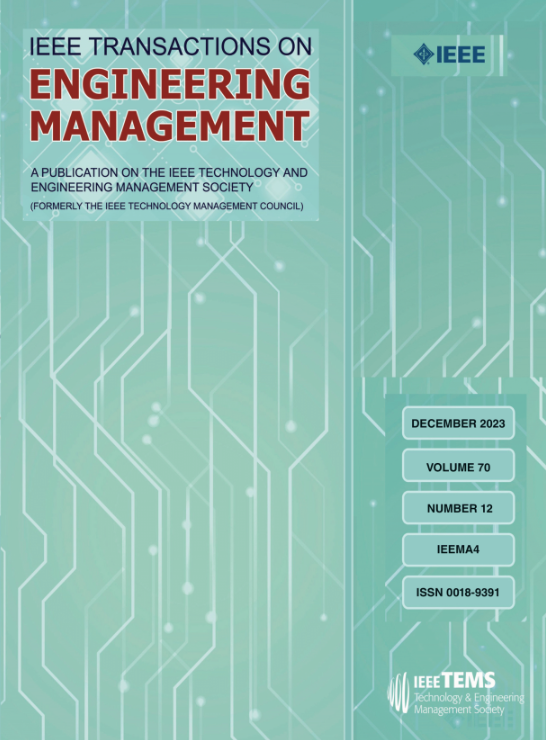当视觉碰撞:设计状态误解及其创新后果的实证调查
IF 5.2
3区 管理学
Q1 BUSINESS
引用次数: 0
摘要
在产品开发组织中,设计部门在推动创新和保持竞争优势方面起着至关重要的作用。在设计经理和CEO眼中,设计部门的感知状态显著影响产品创新绩效。本研究以人-主管契合理论为基础,探讨设计经理与CEO对部门地位认知的一致性如何影响创新成果。具体来说,我们考虑两种类型的部门地位:组织和战略。传统观点认为,设计经理和CEO对部门地位的认知是完全一致的,但我们的研究结果表明,地位认知的不一致会对产品创新产生负面影响。也就是说,当一个设计部门的经理认为该部门的地位低于而不是高于CEO的地位时,该部门对产品创新的贡献就会更大。然而,我们发现设计部门的组合能力可以缓解这种负面影响。这些结果强调了在产品开发组织中管理感知的重要性,并建议将设计部门定位为支持而不是核心战略职能,可以增强其对组织的贡献。本文章由计算机程序翻译,如有差异,请以英文原文为准。
When Vision Collide: An Empirical Investigation of Design Status Misperceptions and Their Innovation Consequences
In product development organizations, the design department plays a crucial role in driving innovation and maintaining competitive advantage. The perceived status of the design department, as viewed by both the design manager and the CEO, significantly impacts product innovation performance. This study, grounded in person–supervisor fit theory, explores how alignment between the design manager’s and CEO’s perceptions of department status influences innovation outcomes. Specifically, we consider two types of department status: organizational and strategic. Different from the conventional view, which favors a perfect alignment between the design manager’s and CEO’s perceptions of department status, our findings indicate that misalignment in status perception negatively affects product innovation. That is, a design department contributes more to product innovation when its manager perceives the department’s status as lower than the CEO’s perception, rather than higher. However, we discover that the design department’s combinative capability can alleviate this negative effect. These results underscore the importance of managing perceptions within a product development organization and suggest that positioning the design department as a supportive rather than a core strategic function can enhance its contributions to the organization.
求助全文
通过发布文献求助,成功后即可免费获取论文全文。
去求助
来源期刊

IEEE Transactions on Engineering Management
管理科学-工程:工业
CiteScore
10.30
自引率
19.00%
发文量
604
审稿时长
5.3 months
期刊介绍:
Management of technical functions such as research, development, and engineering in industry, government, university, and other settings. Emphasis is on studies carried on within an organization to help in decision making or policy formation for RD&E.
 求助内容:
求助内容: 应助结果提醒方式:
应助结果提醒方式:


